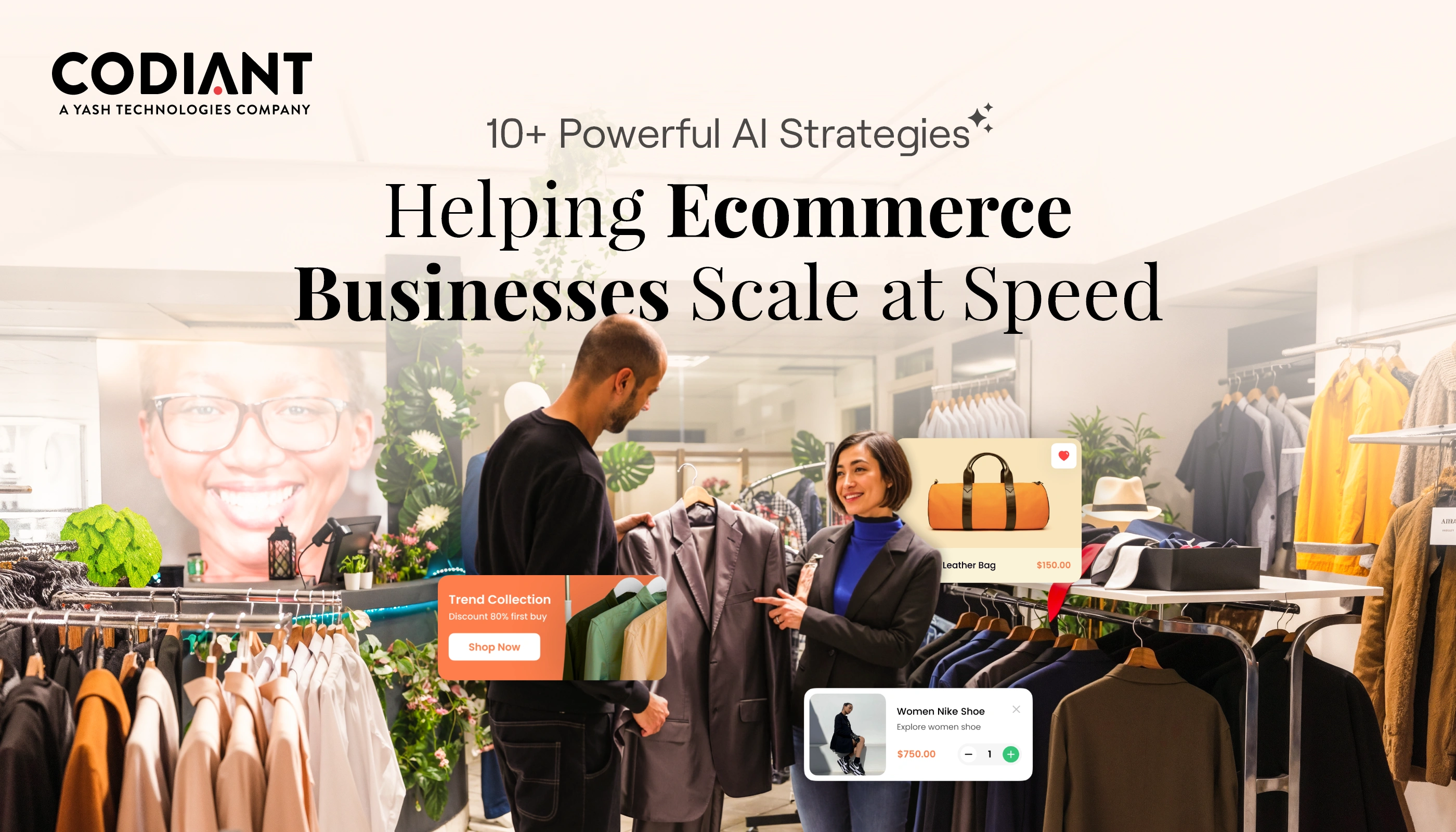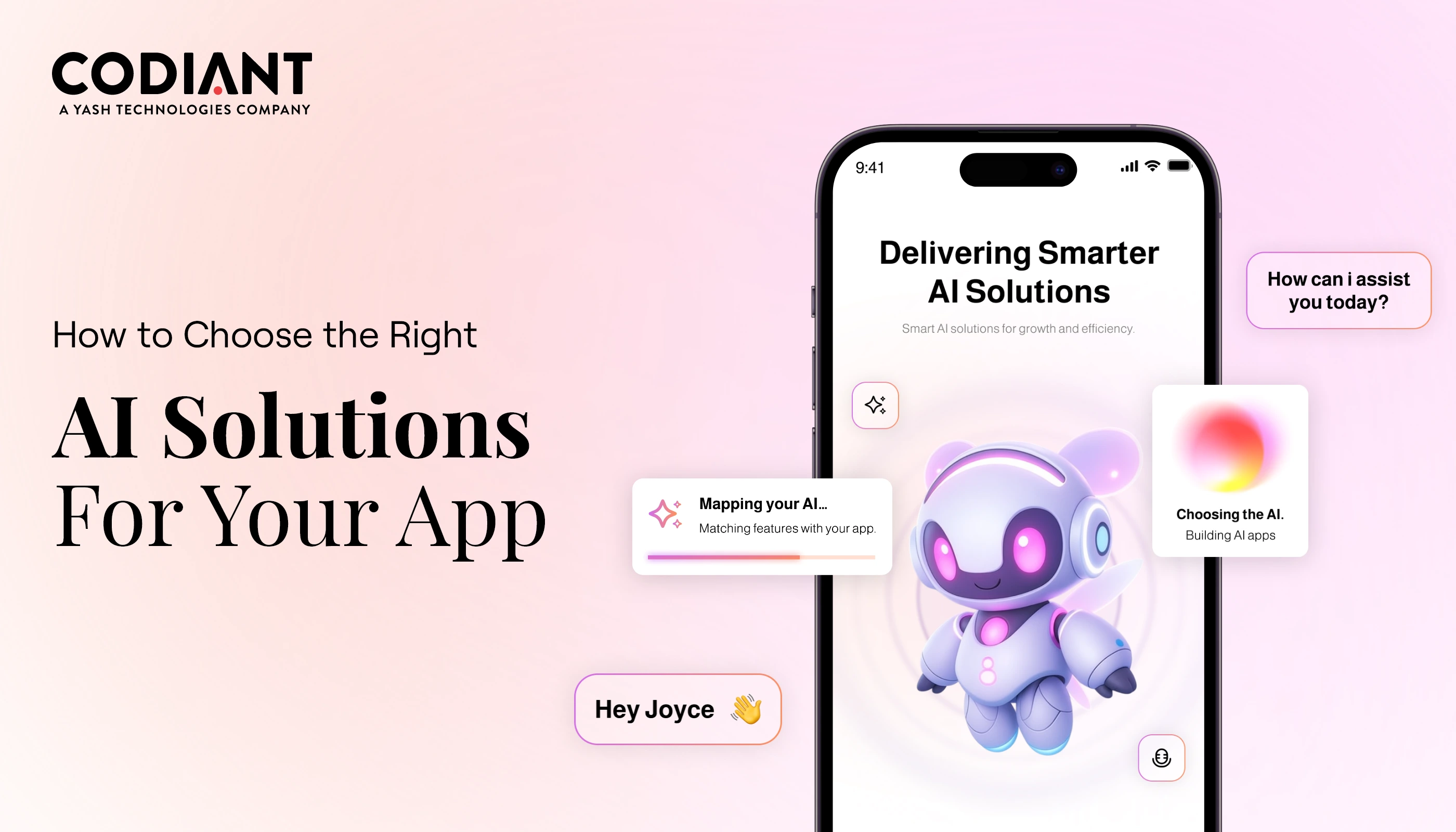Convert Online Shoppers: Marketing Strategies for Online Shoppers
Table of Contents
Subscribe To Our Newsletter

E-commerce businesses lose over $75 billion a year due to poor customer service. This is a quite high figure that underscores the value of focusing on converting online shoppers.
Customer satisfaction can come when you prioritize your e-commerce store according to customers’ needs! You can’t provide the same experience to every customer. You have to understand the different types of shoppers and their preferences. Trying to please everyone can be hilarious, so focus on converting the ones that matter most.
Before you implement any marketing strategy to convert online shoppers into valuable customers, it’s critical to understand your target audience.
Understanding Your Target Audience
- Demographics: Age, gender, location.
- Psychographics: Interests, hobbies, lifestyle.
- Online Behavior: How they find products, which websites they visit, and how they decide to buy.
Approaches to Convert Online Shoppers
These proven strategies help you convert online shoppers into loyal customers, and optimize your buying journey. Have a look-

1. Optimize Website for Conversions
Your website is the fundamental step to representing your online business. It should be user-friendly and easy to find on search engines. It should have clear calls to action and a mobile-ready design to let viewers make purchases from your store without fail.
-
Mobile-Friendliness:
People spend 2-3rd of their time on mobile phones. It is very common nowadays that they prefer mobile devices to search for the product they want to buy. This ensures that a website fit to all screen sizes and can engage more people and convert them.
-
Clear and Concise Product Descriptions:
Try to use informative and clear product descriptions highlighting the main features and advantages. You can also include HD-quality images or videos to make the product look appealing and improve the overall shopping experiences of customers.
-
Easy navigation:
A well-designed and easy-to-use website helps customers find what they’re looking for, on search engines. And, the simple layout makes shopping more enjoyable. Encourage visitors to explore and enhance their shopping experience.
-
Secure Checkout Process:
Customers are more likely to purchase when they feel confident about the privacy of their confidential information. Give clear security signs and mention the right confidentiality policies to build trust and encourage them to complete their purchase.
-
Faster Loading Times:
Slow loading times can upset customers and make them leave without buying. To increase the load time of your website, optimize images, minify CSS/JS, simplify codes, and pick a reliable hosting service provider. Later, test your site’s performance regularly and use caching to improve loading times.
2. Do Effective Email Marketing
Email marketing is the best way to connect with online shoppers and attract them with emails. You can send personalized offers, discount deals, updates, and reminders all straight to the customers’ inbox. By creating targeted campaigns, it becomes easy for you to develop fruitful terms, entice repeat shopping, and bring customers back to their websites.
-
Build a Targeted Email List:
Collect email addresses from website visitors, social media followers, and customers who have purchased in the past. Put valuable content to encourage them to sign up. Product updates and special promotions to maintain interest and build loyalty.
-
Segment your Email List:
Segment your email list based on demographics, interests, or purchase history. This allows you to send more personalized content. Improve engagement and response rates. Sending customized messages can increase customer satisfaction. Promote higher open rates and ultimately increase conversion rates.
-
Create Convincing Email Content:
Use a mix of text, images, and calls to action to make your emails interesting and engaging. Good design captures attention and encourages readers to take action. Experiment with different layouts and styles to see what your audience likes most.
-
Check for Different Screens:
Make sure your emails are mobile-friendly to increase open and click-through rates. A responsive email looks good on all devices, making it easier for readers to interact with your content. Test your emails on different screen resolutions to enhance user experience.
-
Test and Analyze:
Test different elements of email to check what works best and what is in your audience’s interest. Track key metrics including click-through rates, open rates, and conversion rates to measure how effectively the campaign is working.
Read: Paid Marketing vs Email Marketing
3. Use Social Media Platforms
Share relevant content, run paid ads, and interact with your target audience on social platforms like Facebook or Instagram. On these platforms, you can display product details, share updates, and collect feedback. Further, monitor the social performance regularly to refine your social strategies, enhance customer engagement, and increase conversions.

-
Pick the Best Social Channel:
Put your efforts into social media channels to target your most active audience and build brand awareness. Make tailored content that suits the unique pattern of each social platform style and customer preferences.
-
Create High-Quality Content:
Share meaningful content that connects with your audience to build trust and encourage them to return back to your brand. To spark conversation, you must focus on their interests when you create content for blogs, social media, or videos.
-
Run Targeted Ads Campaigns:
Target specific audiences online and maximize your advertising impact. Platforms like Facebook, Instagram, and LinkedIn allow you to deliver ads to individuals who fit your demographic and interest criteria. It helps to boost traffic, sales, and overall ad value.
-
Encourage Social Sharing:
Make it easy for customers to share your products on social media by adding sharing buttons to your website. Encourage them to share by offering discounts or rewards. Create content that connects with your audience and includes a clear CTA to inspire them.
-
Engage with Your Audience:
Give quick responses to comments, messages, and mentions. It helps build stronger relationships with customers. When you give fast replies, it shows that you value their feedback and concerns.
4. Make a Remarketing Roadmap
Remarketing helps you reach visitors who visited your website but didn’t make a purchase. By showing ads targeted on different platforms, you can remind them what they have seen earlier, motivate them to return to your site and make a sale.

-
Set Up Remarketing Tags:
Add remarketing tags to your website to track visitor behavior. These tags gather information about pages that users visit and the products they view. By understanding this, you can create targeted ads to bring those visitors back and complete their shopping.
-
Create Targeted Ads:
Display appealing ads that relate to the products or pages customers have viewed on your website. This captures their interest and reminds them of what they’ve considered. You can boost engagement and increase potential sales through ad personalization.
-
Display Ads on Appropriate Sites:
Show your ads on the Google Display Network and other relevant websites. This would help you to reach more buyers. This network consists of millions of websites, apps, and videos that target users based on their interests.
-
Segment Your Audience:
Group visitors according to their behavior like time spent or page views on the website. To display personalized ads, this feature tailors your ads to your individual tastes. Make your ads more relevant by targeting users on a specific product page.
-
Optimize Ad Frequency:
Don’t show your ads too often to avoid offending potential customers and maintain a good relationship with your audience. Use frequency capping to control how often users see your ad over a certain time. This creates a positive brand impression that results in conversions.
Go the Extra Mile to Convert Online Shoppers: Give Excellent Customer Service
Give excellent customer service to build loyalty among people who love online shopping!
- Be Responsive and quickly address customer inquiries and complaints.
- Provide multiple contact options like email, phone, and live chat.
- Use customers’ names and customize your responses to their needs.
- Offer round-the-clock service via chatbots, live agents, or self-service tools.
Wrapping Up
Converting online shoppers requires a combination of customization, optimization, and engagement. When you implement the above strategies, you can improve the conversion rates of online shoppers.
Remember, the key to converting online shoppers lies in understanding their behavior and tailoring your approach to meet their needs.
Keep testing, refining, and adapting your strategies to stay ahead in the competitive world of eCommerce.
Frequently Asked Questions
Effective marketing strategies include using personalized email marketing, website optimization, implementation of retargeting ads, discount deals or free shipping etc. In addition to this, ensuring a seamless checkout process can significantly reduce cart abandonment.
Website optimization is important for turning online shoppers into buyers because it affects how users feel about their experience. A good website should load fast, work well on mobile devices, and be easy to navigate. Making the shopping experience smoother—like simplifying the checkout process—can lead to more sales and fewer abandoned carts.
Personalized email marketing helps convert online shoppers. It sends customized content and offers based on what they’ve viewed and bought. Businesses can provide product suggestions, special discounts, and reminders for items left in carts. This keeps customers interested and encourages them to complete their purchases.
Social proofs are important to build trust in your brand. When potential buyers see good feedback from others on social platforms or online mediums, they feel more confident about buying. This can lead to more sales.
Retargeting ads remind customers who visited your website but didn’t buy anything. By showing these ads on different sites, businesses can keep their products in the customers’ minds. Also, they can encourage them to return and finish their purchases, which helps boost sales.
Featured Blogs
Read our thoughts and insights on the latest tech and business trends
How AI Helps eCommerce Businesses Scale Faster: 10+ Proven Strategies
- December 4, 2025
- Artificial Intelligence E-commerce
Running an eCommerce business today means managing more products, more customers, and more data than most teams can handle manually. As order volumes rise, tasks like customer support, inventory planning, product discovery, and marketing start... Read more
How to Choose the Right AI Solutions for Your Existing App
- December 1, 2025
- Artificial Intelligence
Businesses today are under pressure to move faster, deliver personalized experiences, and operate with greater accuracy. This is why many enterprises and startups are now looking for ways to add AI features to their mobile... Read more
How to Enable AI for Smart Diet Planning and Client Progress Tracking
- November 26, 2025
- Artificial Intelligence
Smart diet planning and consistent progress tracking have become essential in a world where people want faster, more accurate ways to manage their health. Traditional methods like manual calorie counting or generic meal charts often... Read more






